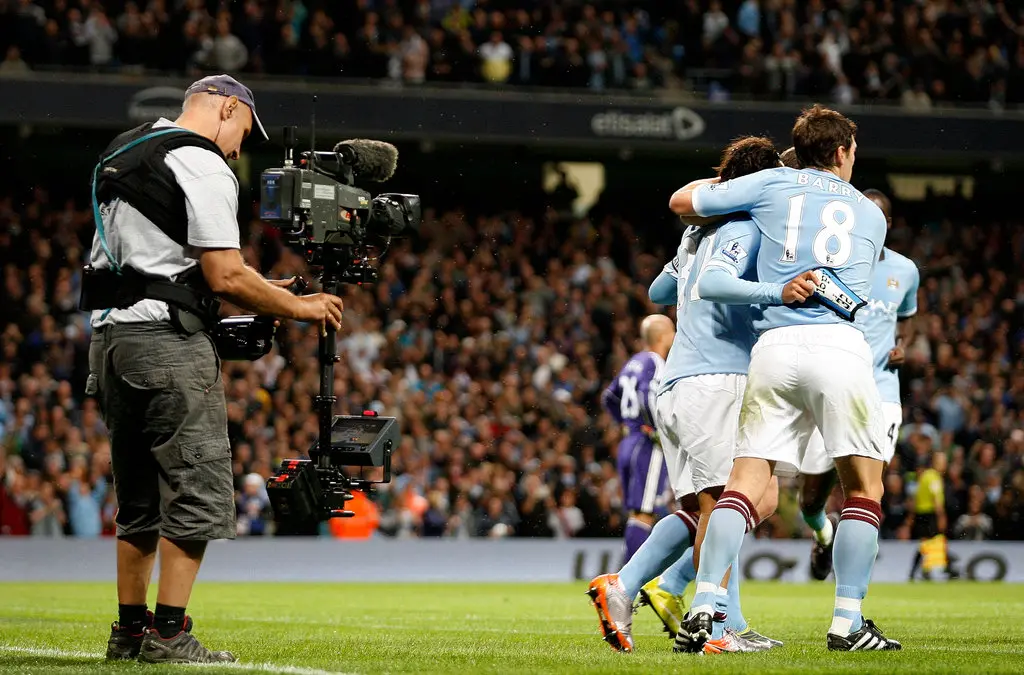In the process of teaching and training with the differences that identify each coach as having their own methodology, the following aspects are found in common:
Methods of a reproductive nature and isolated training, some examples of means used by coaches in the training session are the following:
Warm-up without the use of technical and tactical exercises, progressive exercises of order and coordination are generally observed.
As for tactics, they work throughout the game,
Generally using control play between 30 and 45 minutes. In the best cases, some offensive systems are oriented, without giving greater importance to offensive plays.
The proposed activities have little relation to the player’s interests, many analytical exercises, a lot of standardized repetition and little game play; The game is used at the end of the session without clear objectives, rather for distraction.
The technique is worked without relation to tactics and there is no opposition, the mechanism of execution is fundamentally developed and not so much that of perception and decision.
The physical exercises are carried out totally separately from the other preparations,
Some examples observed are: they use short distances and sub-maximum and maximum intensities without the use of technical-tactical actions or real game action. As for the development of strength, most of the time you work through uncontrolled loads through the use of sessions in the gym and some trainers use the development of strength through exercises with your own body weight. The vast majority of trainers or physical trainers carry out work sessions in the gym for the development of strength and the vast majority use methods such as those that we observe in the following drawings, sometimes inappropriate for the characteristics of children and more so in stages of development.
Exercise routine almost always at the beginning of the training session.
We can also say that the vast majority of coaches do not plan the contents of the training and those who do use the per iodization of sports training.
This per iodization supported the premise that the athlete has to build, maintain and then relatively lose sport form throughout the great annual training cycles. (Fortress, 1997). In this way, the per iodization of sports training can be understood as an organized division of the annual or semi-annual training of athletes in search of preparing them to achieve certain objectives . (Fortitude, 1997).

